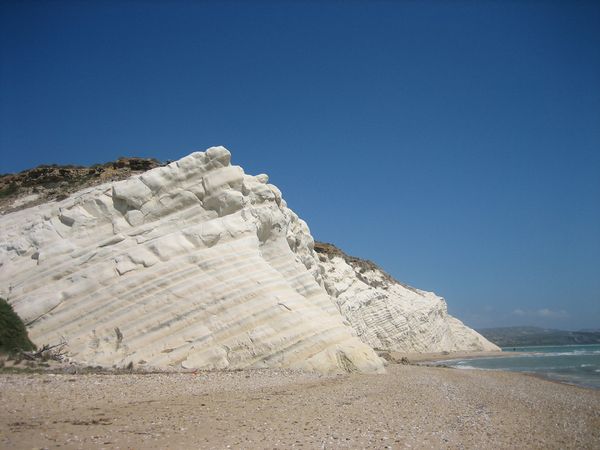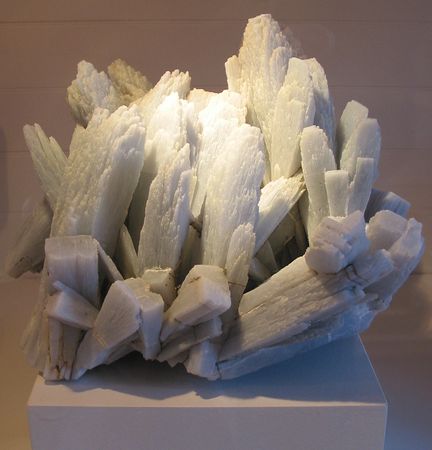Difference between revisions of "Evaporite"
Jump to navigation
Jump to search
Cwhitehurst (talk | contribs) |
FWhitehurst (talk | contribs) |
||
| Line 1: | Line 1: | ||
<gallery mode=packed heights=300px widths=300px> | <gallery mode=packed heights=300px widths=300px> | ||
| − | + | ||
Gypsum_formation_of_Capo_Bianco.jpg|Gypsum formation of Capo Bianco, at the mouth of the river Platani, Sicily. Courtesy [https://commons.wikimedia.org/wiki/File:Gypsum_formation_of_Capo_Bianco.jpg Wikimedia Commons], Creative Commons Attribution-Share Alike 3.0 Unported license. | Gypsum_formation_of_Capo_Bianco.jpg|Gypsum formation of Capo Bianco, at the mouth of the river Platani, Sicily. Courtesy [https://commons.wikimedia.org/wiki/File:Gypsum_formation_of_Capo_Bianco.jpg Wikimedia Commons], Creative Commons Attribution-Share Alike 3.0 Unported license. | ||
Anhydrite_HMNH1.jpg|Anhydrite from Chihuahua, Mexico. Courtesy [https://en.wikipedia.org/wiki/Anhydrite Wikipedia]. | Anhydrite_HMNH1.jpg|Anhydrite from Chihuahua, Mexico. Courtesy [https://en.wikipedia.org/wiki/Anhydrite Wikipedia]. | ||
Revision as of 21:14, 7 November 2014
Gypsum formation of Capo Bianco, at the mouth of the river Platani, Sicily. Courtesy Wikimedia Commons, Creative Commons Attribution-Share Alike 3.0 Unported license.
Anhydrite from Chihuahua, Mexico. Courtesy Wikipedia.
Evaporites are minerals produced by the evaporation of water. This may occur in marine or nonmarine settings. The common evaporite minerals associated with petroleum exploration are halite, gypsum, and anhydrite.
This article is a stub. You can help AAPG Wiki by expanding it.

